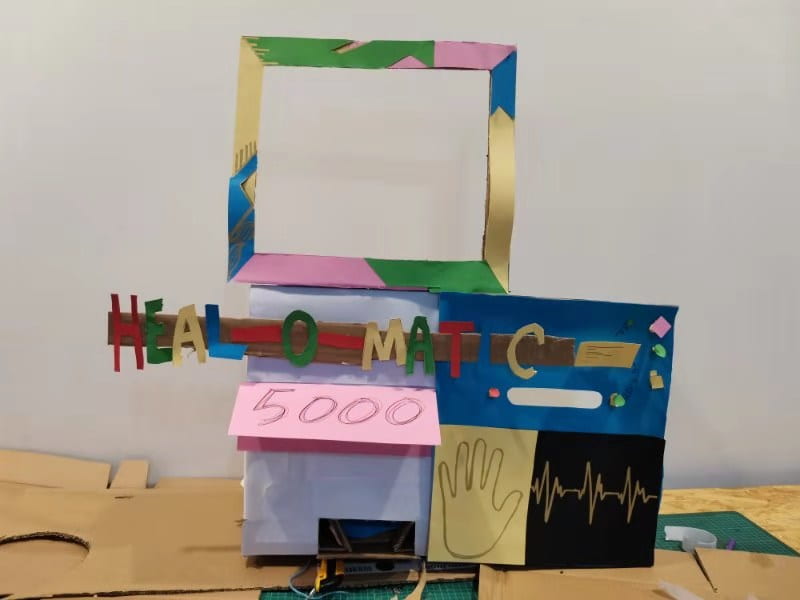Crawford likens all interaction to conversation, saying it is “a cyclic process in which two actors alternately listen, think, and speak.” (5) Based on his explanation, and discussions I have had, I understand interaction to be an exchange of information: it is an action and a corresponding reaction.
When searching for examples of interactive designs that matched Crawford’s definition and my understanding of it, I looked through projects made by student of the Copenhagen Institute of Interaction Design. Two projects that caught my attention were Poli and Bumper. Poli is a mobile app that helps you connect with people with opposing political views. The aim of the program is to help people have access to different perspectives, and is a direct response to targeted articles and media that isolate us and confirm our existing biases. Bumper is a devise that means to connect people with similar interests to promote conversation. When people enter a location with Bumper, they input their interests and the device leads them towards someone else that might share an interest. Through conversation, both individuals are meant to find out what their common interest is. After a few minutes, they device signals that it is time to find someone else to talk to. The goal of this project is to force individuals to connect with their environment and meet people they would have otherwise not approached.
What I liked about these two projects was their purpose: to better the life of the user. For our project, we wanted to brainstorm a device people could interact with, which would better their life quality. Eventually, we thought of the Heal-O-Matic 5000. It is a dispenser meant to make medicines for common/minor (yet inconvenient) ailments more readily available. This way users wouldn’t have to go out of their way for a simple diagnosis. It would be efficient and near them. People with more serious health concerns could then be treated more immediately by actual doctors.
The Heal-O-Matic 5000 assesses the patients state and provides optional treatments the patient can choose from. Once the patient chooses a suitable (safe) medication, the machine dispenses the appropriate amount. The machine interacts with the user to provide an efficient solution to the user’s problem.
